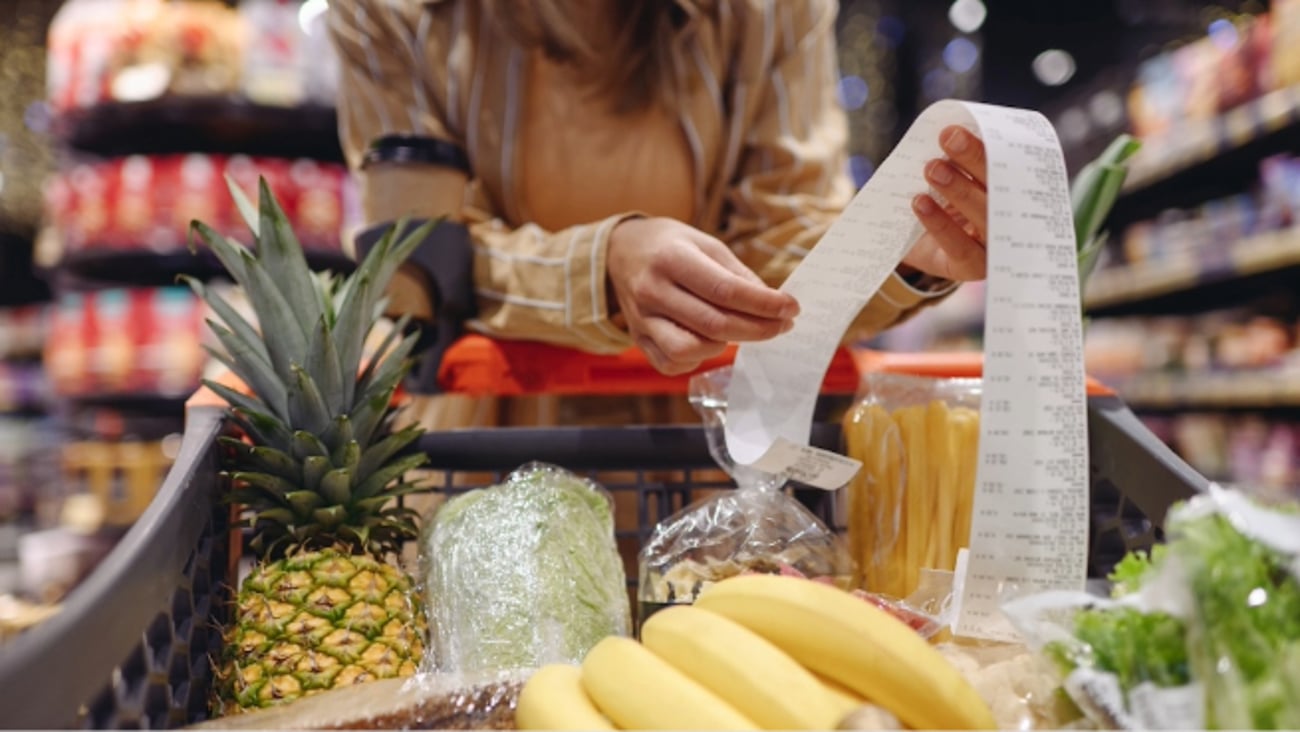A case for doubling down on the single-serve economy
The number of one-person households has never been higher. It appears Canada is catching up to the rest of the Western world. More than 28% (nearly 4 million Canadians) live alone, and many expect that number to reach 5 million in just a few years. It is one of the country's fastest growing demographics. Having ignored this trend for a long time, many industries including the food industry are now adapting to it.
Many will have noticed how grocers have expanded their ready-to-eat offerings. In some cases, the space required to accommodate ready-to-eat solutions has doubled, turning some grocery stores into small cafeterias. Many grocers are mastering this merging of food retailing and food service, also known as the “grocerant” concept. In fact, in many communities, grocery stores have become a sort of community centre. Some grocers have even placed park benches between aisles so people can sit and chat, if only for a while. The grocery store is becoming a place where you can meet and interact with other people over coffee or even lunch, and without paying too much for your food.
Selling single servings can generate more profits for grocers and the food industry. Instead of losing money on shrinking package sizes, while retail prices remain idle, the wide assortment of single-serving food products can increase profits per unit sold. The bakery section is one example of an area where the single-serve economy can help grocers increase margins. Most whole cakes are typically sold somewhere between $18 and $25 for eight servings. A single serving of cake in a bakery most often retails at $3.99, which is 30% to 100% higher than selling the entire cake.
With these single servings, food waste for single dwellers is less of an issue. Buying only what is needed is a sound strategy. That said, single servings can increase plastic usage and waste. This is something the industry will need to address as more people want to buy single servings. Most grocers are looking to substitute plastics with green and compostable packaging, while still providing shoppers the convenient solutions they're looking for.
Other than trying to serve one-person households, what is pushing the industry to offer more individualized meals and food solutions is today's highly fragmented marketplace. Valuing customizable solutions and the individualization of food requirements is becoming ever more critical. Each and everyone of us is different, with different needs. Don’t be surprised if you see the food industry trying to capitalize on the single-driven food economy. There is more money to be made, and the food retailing sector desperately needs it. In 2018, the food retailing industry only grew by 0.8%, which is really next to nothing.
A recent survey suggests 64% of customers are comfortable with retailers identifying consumer characteristics to offer individualize experiences. In fact, customers are expecting this more and more from grocers and restaurants alike. The digitalization of our food economy will only help the sector gain the ability to customize its offerings, based on customers' personal interests and needs.
So a single-serve economy could pay off for Canada's food industry. But what could get overlooked is the power of food to bring people together. Whatever happens, this should never be forgotten.




